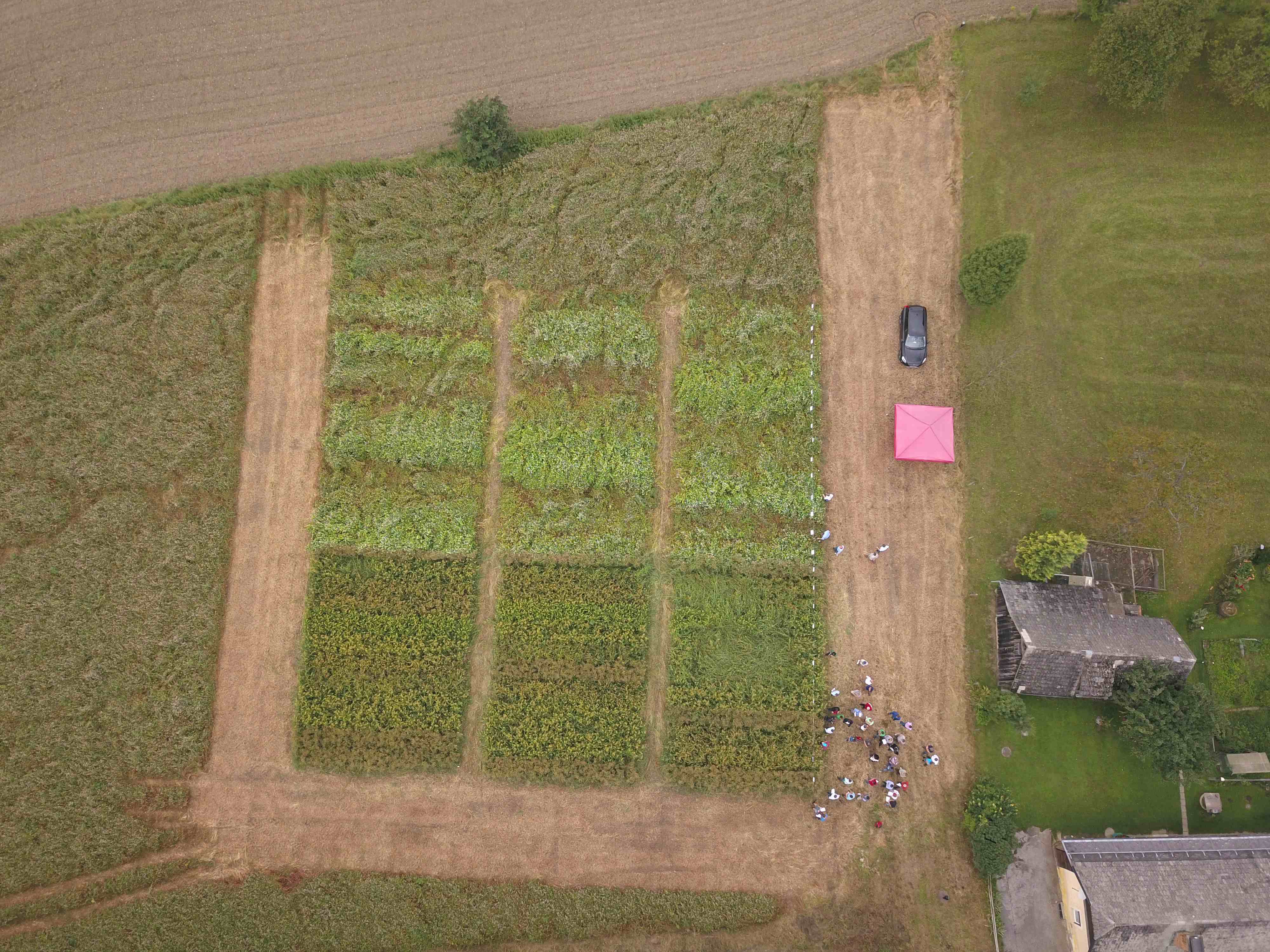The high mountain regions of the Alps are home to an agricultural tradition where crops such as oats, millet, and buckwheat were widely grown until the 1960s. The RE-CEREAL project is reviving this tradition by reintroducing these nutritious, resilient and low-input crops to the alpine regions of Austria and Italy as a way to promote healthy and sustainable diets. The crops are being used in nutritious food products like bread, pasta and biscuits.
Revitalising minor crops in the alpine regions: buckwheat, millet and oats
- 21 September 2018
RE-CEREAL’s goals are ambitious. We aim to develop millet and buckwheat varieties that respond to the needs of farmers, food industry and consumers thanks to their improved yield and better sensorial and nutritional characteristics. We are also working to identify the best grain milling practices, so that consumers can fully benefit from the high nutritional content of these crops.
Through field- and lab-based variety testing, RE-CEREAL has identified two buckwheat and four millet varieties with high yield potential and good sensorial, nutritional and technological properties. The two buckwheat and two of the millet varieties, which have not previously been grown in the area, are at the base of a programme to genetically improve crops by conventional breeding to develop better varieties for consumers, farmers and the food industry.
Methods for optimising processing of grain to increase health benefits and add value to local food chains have been investigated, supported by development of procedures for quantifying antioxidants and analysing amino acids in the crop varieties. With the data, the project team designed nutritious food products, including bread, pasta and biscuits.
Tackling monocultures
Barley, rye, oats, millet, and buckwheat – referred to as ‘minor’ and ‘pseudo’ cereals – were widely cultivated in the Alps until the mid-20th century, at which point a dramatic decrease was seen in the variety of crops grown in the region. Today, large tracts of farmland are occupied by profitable monocultures such as wheat and corn, much of which is used for animal feed. The drop in diversity has been accompanied by declines in the health and nutritional value of crops, a loss of knowledge regarding the cultivation and processing of minor and pseudo cereals and a disinclination to use them among consumers.
As well as enhancing biodiversity, growing minor and pseudo cereals increases environmental sustainability as they require only limited agronomic inputs, while their wealth of minerals, amino acids and vitamins enriches diets.
RE-CEREAL has established a network of universities, research centres and businesses with expertise in genetics, agronomy, chemistry, nutrition and food production. The project’s goal is to strengthen the exchange of knowledge between Austria and Italy, with a view to supporting agri-food innovation and overcoming obstacles in growing minor and pseudo cereals.
The project also responds to other issues facing the region, such as the need to renew strategic economic sectors so as to enable them to respond to global challenges, the lack of cross-border cooperation between research institutions and companies, and low levels of investment in research.
Improving crops
Genetic analysis of the buckwheat and millet varieties identified by RE-CEREAL has made it possible to study differences between them and has allowed researchers to establish an effective breeding programme. The recovery and evaluation of novel varieties has made it possible to determine the performance of materials not yet tested in the project area, increasing the varietal platform available to farmers.
Cultivation practices are being studied to define the best techniques for each crop, while development of optimised processes for grain processing, treatment and milling enables production of high-quality flours. New methods for quantifying properties of grains and flour support rapid analysis, enabling farmers, mills and food producers to better measure product characteristics.
The formulation of prototype recipes has resulted in production of nutritious foods that should prove popular with consumers, aiding development of the agri-food sector and creating jobs. Interest is demonstrated by widespread coverage of the project in the Italian and Austrian press and high participation levels at RE-CEREAL events.
Beneficiaries
“I have always been interested in growing millet as it needs limited fertiliser and tolerates well the long periods with low rainfall which are typical for our region. Unfortunately, the millet varieties available today do not support a very high yield on our soils and this has significantly reduced its cultivation. I took part in the RE-CEREAL project field day in Udine and got an insight in to the work of the researchers who are endeavouring to improve cultivation practices and to introduce new varieties of millet. I am confident that the results of RE-CEREAL and the development of collaborations between farmers and the food industry will bring millet back to Friuli Venezia Giulia.”
Daniele Pavan, owner of Pavan Farm in Buttrio (Udine)
“Since I was diagnosed with Coeliac disease, it has become normal to think very carefully about what I eat. For me, it is important to have a diverse variety of foods. I read recently about the European RE-CEREAL project, and was delighted to learn that there are now concerted efforts to cultivate minor crops, such as buckwheat, where I live in Carinthia. Buckwheat has many ecological advantages, is easy to digest and is tasty too. It has inspired me to dust off a load of old recipes for things my Grandma used to cook.”
Linnea Schuetz, Coeliac sufferer from Carinthia
Total investment and EU funding
Total investment for the project “RE-CEREAL” is EUR 1 322 623, with the EU’s European Regional Development Fund contributing EUR 999 999 through the “Interreg V-A - Italy-Austria” Operational Programme for the 2014-2020 programming period. The investment falls under the priority “environment and resource efficiency”.

